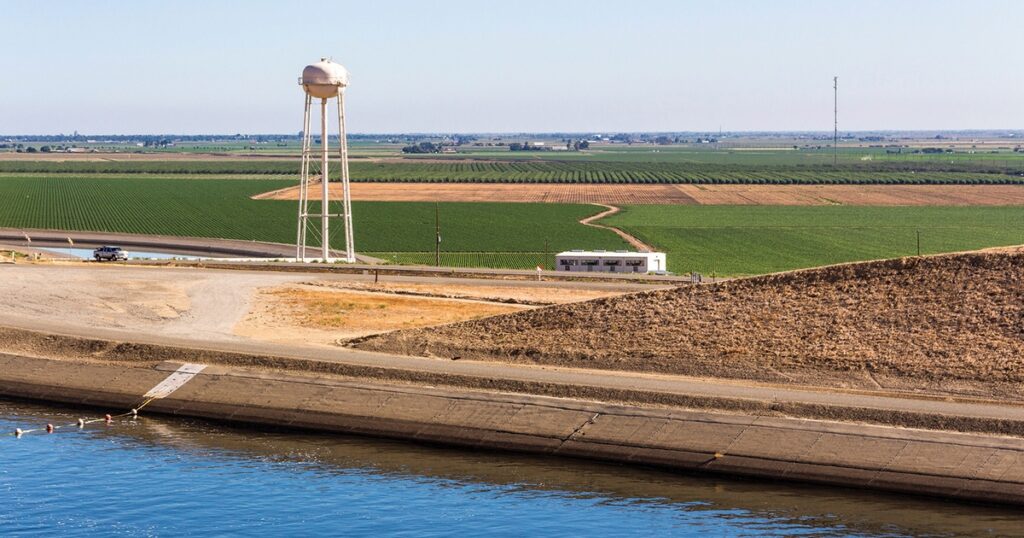There are many ifs ands surrounding California’s Sustainable Groundwater Management Act, or SGMA. In 2014, when he signed into law a historic statewide framework for long-term protection of groundwater resources, then-Governor Jerry Brown emphasized that “groundwater management in California is best done locally.”
In March, as part of the week-long National Groundwater Awareness Week, the California Department of Water Resources emphasized that awareness of groundwater's role in the state's water supply and the need to protect that resource is paramount as the state struggles with its third consecutive year of drought.
“The reality is that our water system, which includes 515 groundwater basins that act as underground reservoirs, will be at capacity this summer,” DWR Director Carla Nemeth said. “Water awareness and water conservation are now a lifestyle that should be practiced every day.”
California Agriculture Commissioner Jamie Johanson echoed these sentiments, telling lawmakers at a recent state agriculture session: “Multi-year droughts are nothing new; they have occurred across 60 percent of our state's agriculture operations over the past 100 years. What's missing is the determination to do something about it.”
Groundwater recharge remains a hot topic, but the Western Agricultural Processors Association believes SGMA is not the best vehicle for achieving it.
“At a minimum, SGMA will have a devastating impact on agriculture, farm work and our state. And the impacts won't just be felt across the agriculture industry — they will impact farmers, farm workers and their families and everyone who lives in agricultural regions,” said Roger Isom, WAPA president and CEO.
He cites a study by economists at the University of California, Berkeley. [Blueprint Economic Impact Analysis, Phase 1] “As a result of declining groundwater and surface water supplies, up to one million acres of land could be placed fallow in the San Joaquin Valley over the next 20 to 30 years,” the report states. This single statement alone means that an area equivalent to one-fifth of all currently cultivated land in the San Joaquin Valley could be placed fallow.
Major affected counties
Once you recover from the shock, the report contains other chilling details: Fresno, Tulare, Kern, Kings, Madera, Merced, San Joaquin and Stanislaus counties will be allowed to fallow up to 327,815 acres, resulting in the loss of large-scale nut crops; SGMA and future surface water cuts will result in a $7.2 billion reduction in annual farm revenues and the loss of approximately 85,000 jobs statewide;
“Downsizing in agricultural production will impact nearly every sector of the San Joaquin Valley economy, where agriculture is one of the region's major industries,” the Blueprint reports. “Lower farm incomes will translate into losses in other sectors as they cut income and expenses. Reduced economic activity will also mean changes in state and local tax collections, and losses from reduced SMGAs and surface water supplies are estimated at $535 million per year.”
Isom, who has been a vocal advocate for the state to repair its water infrastructure, told Western Farm Press, “We all know something has to happen. When SGMA was passed, we thought that would change things and solve some of the problems. But none of that has happened, and the face of agriculture in the San Joaquin Valley will be forever changed.”
“Some districts have already started implementing sustainable standards, and agriculture and other businesses with a domino effect will take a hit. It's not just 'put 25 percent of the land fallow,' it's 'put 75 percent of the land fallow.' When I say catastrophic, I don't use that word lightly. This will be a big problem when all this is put in place unless we find a way to replenish the water that is being lost from the delta. I hope something is done before it's too late, or some of our commodities will disappear.”

